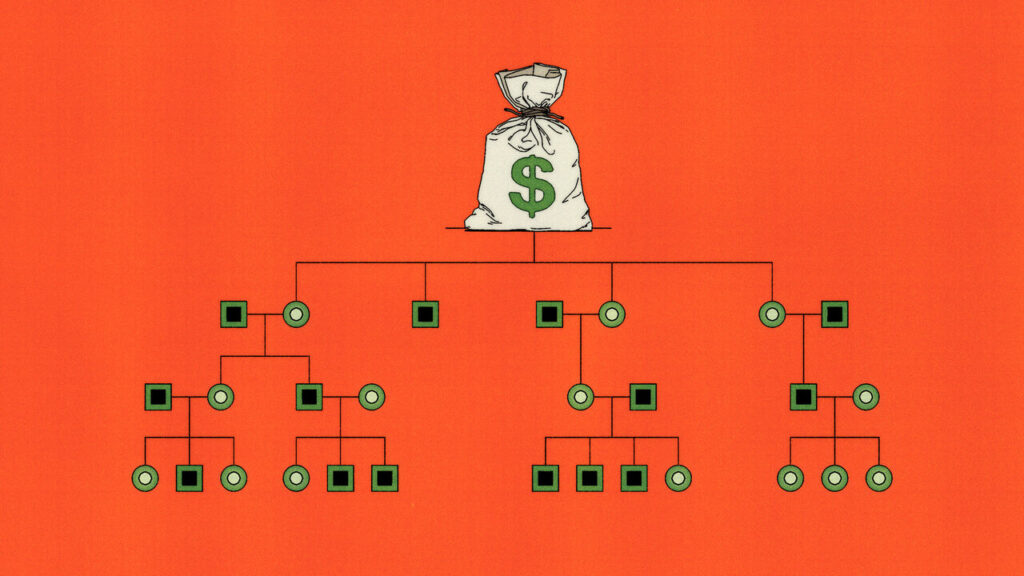The Gilded Age, a term coined by Mark Twain, referred to an era in American history spanning from the 1870s to approximately 1900. This period was characterized by rapid economic expansion, significant technological advancements, and stark social inequalities. To avoid repeating the mistakes of the first Gilded Age, we must critically examine its core attributes, including economic disparity, labor exploitation, and insufficient governmental regulation.
One of the most glaring issues during the first Gilded Age was the vast economic inequality that emerged as a result of industrialization. Wealth became concentrated in the hands of a few, often referred to as “robber barons,” who amassed incredible fortunes at the expense of the working class. Figures such as Andrew Carnegie, John D. Rockefeller, and J.P. Morgan epitomize this era’s capitalist zeal. While these industrialists contributed to the nation’s economic growth, their practices led to the exploitation of workers, who endured long hours, unsafe working conditions, and low wages. To avoid a repeat of this troubling trend, current economic policies must prioritize equitable wealth distribution, ensuring that the benefits of growth are shared more broadly among all citizens.
Moreover, labor exploitation was rampant, with workers often subjected to harsh realities in factories and mines. The lack of labor rights meant that strikes and protests became common as workers sought better conditions. Notable events such as the Pullman Strike of 1894 and the Haymarket Affair of 1886 highlighted the tensions between labor and management that marked the era. To prevent such conflicts from arising in the modern age, it is vital to implement strong labor protections. Organizations like the National Labor Relations Board (NLRB) and advocacy for unions should be bolstered to ensure that the voices of workers are heard, respected, and acted upon to create a more just workforce.
Governmental inaction also significantly contributed to the plight of the working class during the first Gilded Age. The federal government often acted as a facilitator of business interests rather than as a protector of the people. Deregulated markets led to monopolistic practices that stifled competition and innovation. Acts such as the Sherman Antitrust Act of 1890 were introduced in response to growing concerns but were seldom enforced effectively. To prevent history from repeating itself, contemporary governance must embrace the principle of effective regulation, ensuring that powerful entities do not exploit their advantages at the cost of the public good. Legislative frameworks requiring transparency, accountability, and fairness in market practices are essential to uphold democracy and the free market.
Social issues also loomed large during the first Gilded Age, including widespread poverty and a lack of social safety nets. The urban poor faced dire conditions, exacerbated by rapid population growth resulting from immigration and migration from rural areas. The lack of adequate housing, healthcare, and educational opportunities led to significant societal problems, poverty remaining a persistent challenge. Addressing these social inequalities through robust social programs, affordable housing initiatives, and universal healthcare must take precedence in order to promote social mobility and stability.
Lastly, the first Gilded Age was marked by widespread corruption in politics, highlighted by scandals involving figures like Boss Tweed and the Tammany Hall organization. Political machines wielded immense power and often operated outside of legal boundaries, undermining public trust in government institutions. The importance of transparency and ethical governance cannot be overstated; society must remain vigilant against corruption. Encouraging civic engagement, implementing campaign finance reforms, and ensuring electoral integrity are critical steps toward rebuilding trust in the democratic process.
In conclusion, as we reflect on the lessons learned from the first Gilded Age, it is essential to foster an inclusive economy, promote workers’ rights, enforce governmental regulations, address social inequalities, and ensure ethical governance. By learning from the past and actively working to implement these measures, we can hope to create a brighter, more equitable future that avoids the pitfalls of previous generations. Preventing the mistakes of the first Gilded Age is not just a precaution but our collective responsibility to ensure prosperity for all.



